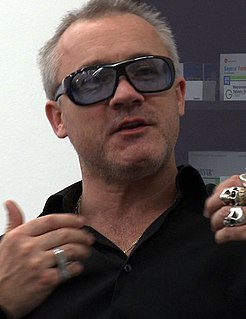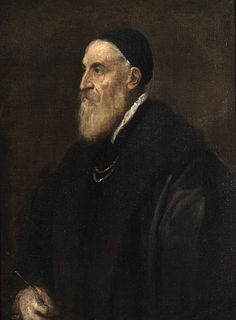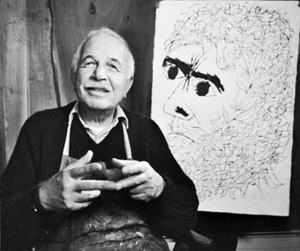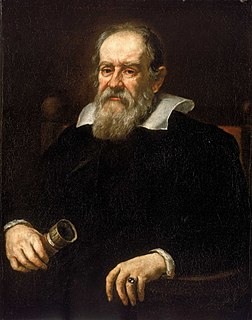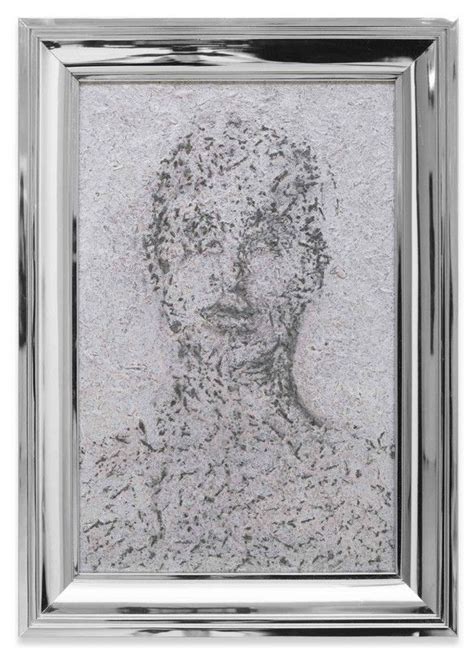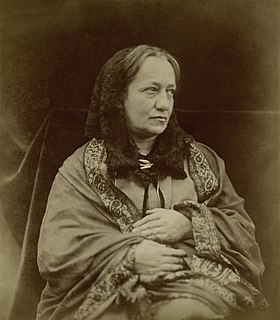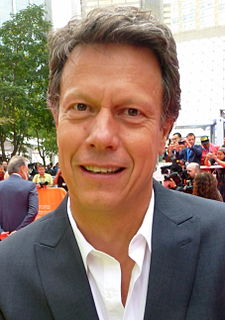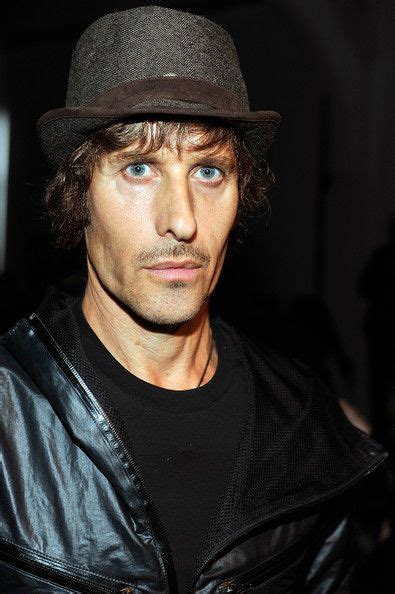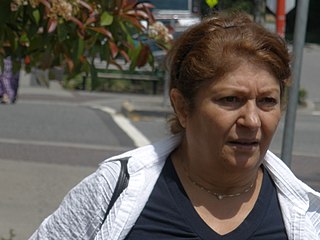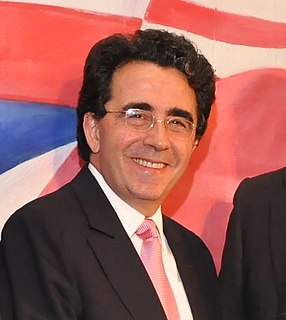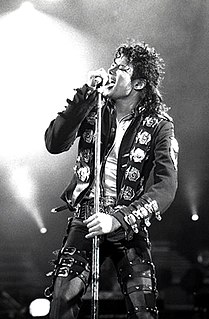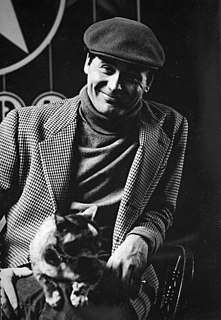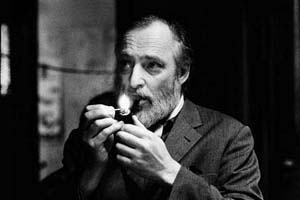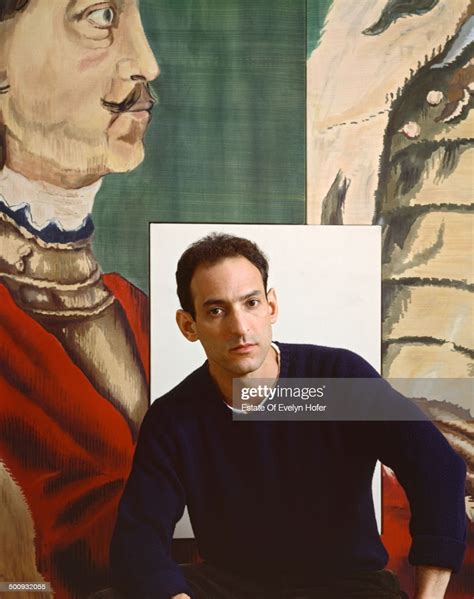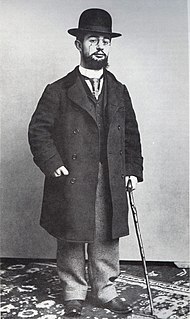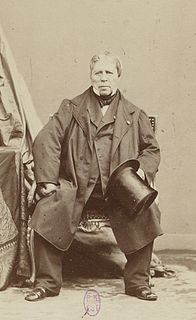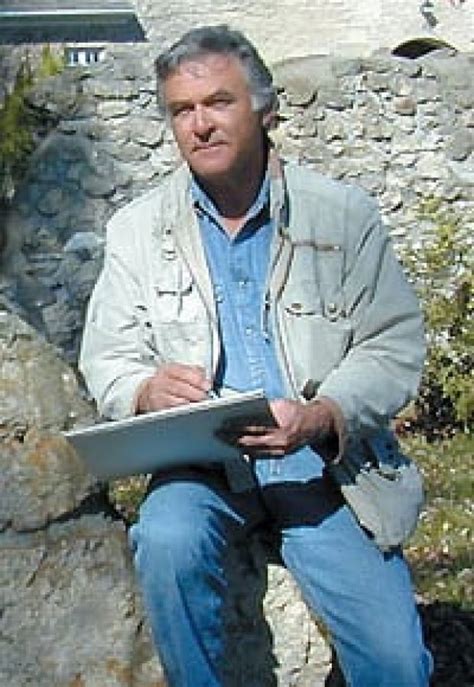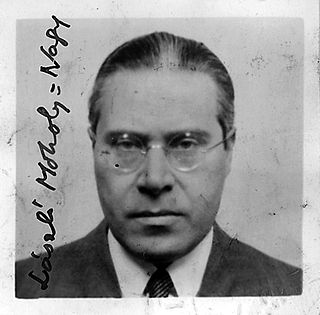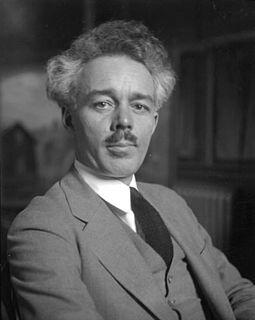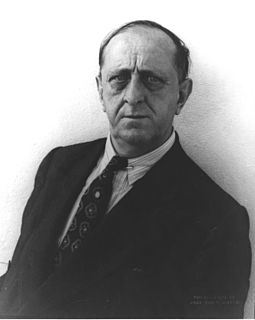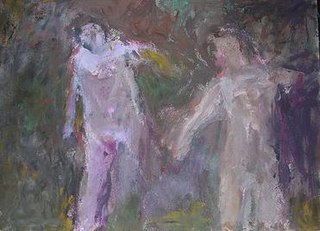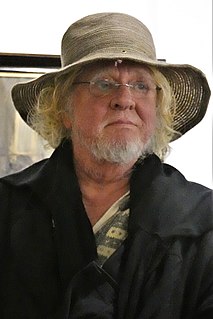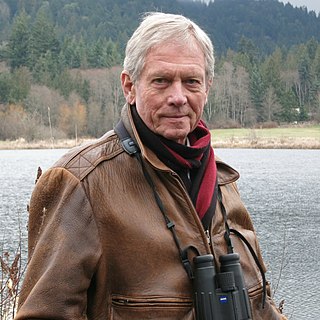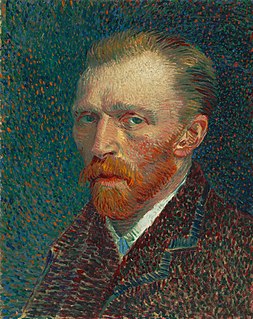A Quote by Pablo Picasso
Sculpture is the best comment that a painter can make on painting.
Related Quotes
After painting comes Sculpture, a very noble art, but one that does not in the execution require the same supreme ingenuity as the art of painting, since in two most important and difficult particulars, in foreshortening and in light and shade, for which the painter has to invent a process, sculpture is helped by nature. Moreover, Sculpture does not imitate color which the painter takes pains to attune so that the shadows accompany the lights.
Not every painter has a gift for painting, in fact, many painters are disappointed when they meet with difficulties in art. Painting done under pressure by artists without the necessary talent can only give rise to formlessness, as painting is a profession that requires peace of mind. The painter must always seek the essence of things, always represent the essential characteristics and emotions of the person he is painting.
When an actor is in the moment, he or she is engaged in listening for the next right thing creatively. When a painter is painting, he or she may begin with a plan, but that plan is soon surrendered to the painting's own plan. This is often expressed as 'The brush takes the next stroke.' In dance, in composition, in sculpture, the experience is the same: we are more the conduit than the creator of what we express
The question I ask myself when adapting a book is how do I be true to the spirit and soul of the character? How would I describe this character in my medium? If you asked one person to do a painting of something and another to create a sculpture of it, you'll never ask, 'Why doesn't the painting look like the sculpture?'
I am biased towards the belief that every painter must be grounded in strong and faultless drawing skills, and until one has not experimented with all styles of painting and has not comprehended their potentialities one's work is not complete. Even an abstract painter must know how to draw as well as a figurative artist. As for me, drawing has never created any problem, since I know how to draw anatomy correctly if I had to, I understand the function of muscle groups and sculpture.
For me, architecture is an art the same as painting is an art or sculpture is an art. Yet, architecture moves a step beyond painting and sculpture because it is more than using materials. Architecture responds to functional outputs and environmental factors. Yet, fundamentally, it is important for me to stress the art in architecture to bring harmony.


